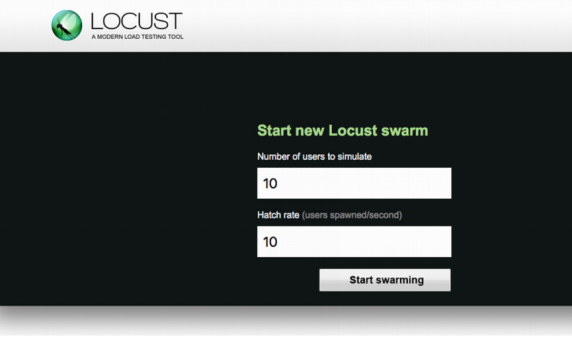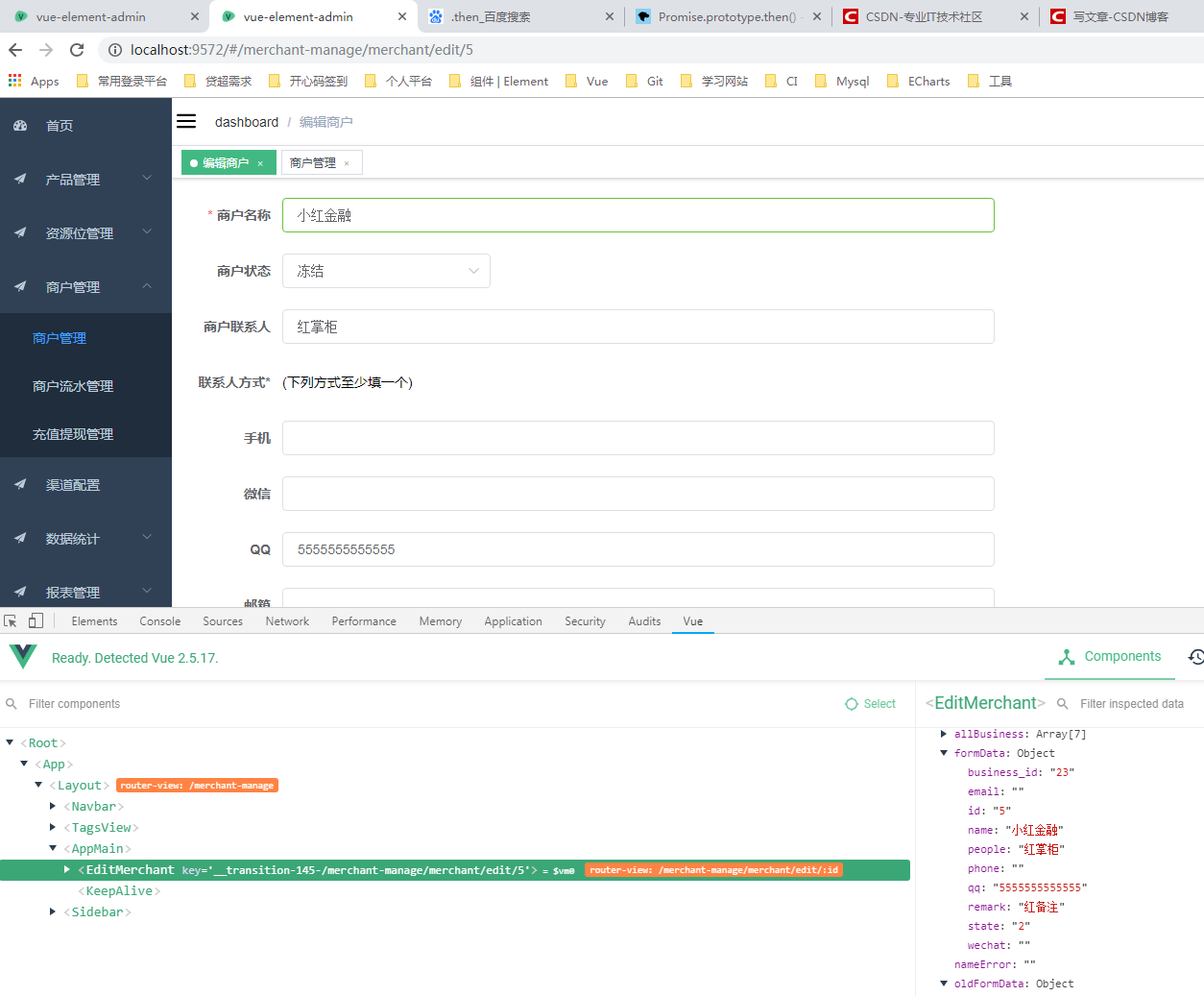hibernate 基本配置详解,hibernate入门配置
这篇博客,主要是对hibernate常用的标签一个说明,如果你还不懂怎么配置基本的hibernate可以去看这篇博客
https://blog.csdn.net/tomwildboar/article/details/80694269
orm元数据(实体配置文件)
<?xml version="1.0" encoding="UTF-8"?><!DOCTYPE hibernate-mapping PUBLIC"-//Hibernate/Hibernate Mapping DTD 3.0//EN""http://www.hibernate.org/dtd/hibernate-mapping-3.0.dtd"><!-- 配置表与实体对象的关系 --><!-- package属性:填写一个包名 --><hibernate-mapping package="hibernate.domain"><!--class 元素:配置实体与表的对应关系的name:完整类名table:数据库表名--><class name="hibernate.domain.Customer" table="cst_customer"><!--id:配置主键映射的属性name:填写主键对应属性名column:填写表中的主键列名--><id name="cust_id" column="cust_id"><!-- generator :主键生成策略 --><generator class="native"></generator></id><!--property 元素:除id之外的普通属性映射name:填写对应属性名column(可选):填写表中的列名,默认值:列名会默认使用name的值type(可选):填写该列(属性)的类型。hibernate会自动检测实体的属性类型每个类型有三种填法:java类型hibernate类型数据库类型not-null(可选): 配置是否为空,默认值:falselength(可选):配置数据库中列的长度,默认值:自动取当前数据库最大长度--><!--java类型<property name="cust_name" column="cust_name" type="java.lang.String"></property>--><!--hibernate类型<property name="cust_name" column="cust_name" type="string"></property>--><!--数据库类型<property name="cust_name" column="cust_name"><column name="cust_name" sql-type="varchar"></column></property>--><property name="cust_name" column="cust_name"></property><property name="cust_source" column="cust_source"></property><property name="cust_industry" column="cust_industry"></property><property name="cust_level" column="cust_level"></property><property name="cust_linkman" column="cust_linkman"></property><property name="cust_phone" column="cust_phone"></property><property name="cust_mobile" column="cust_mobile"></property></class></hibernate-mapping>
主配置文件
<?xml version="1.0" encoding="UTF-8"?><!DOCTYPE hibernate-configuration PUBLIC"-//Hibernate/Hibernate Configuration DTD 3.0//EN""http://www.hibernate.org/dtd/hibernate-configuration-3.0.dtd"><hibernate-configuration><session-factory><!--#hibernate.dialect org.hibernate.dialect.MySQLDialect#hibernate.dialect org.hibernate.dialect.MySQLInnoDBDialect#hibernate.dialect org.hibernate.dialect.MySQLMyISAMDialect#hibernate.connection.driver_class com.mysql.jdbc.Driver#hibernate.connection.url jdbc:mysql:///test#hibernate.connection.username gavin#hibernate.connection.password--><!-- 数据库驱动 --><property name="hibernate.connection.driver_class">com.mysql.jdbc.Driver</property><!-- 三个/// 表示链接本机 数据了url --><property name="hibernate.connection.url">jdbc:mysql:///hibernate</property><!-- 数据库链接名 --><property name="hibernate.connection.username">root</property><!-- 数据库链接密码 --><property name="hibernate.connection.password">123</property><!-- 数据库方言不同的数据中,sql语法有区别,指定方言可以放hibernate框架在生成sql语句时,针对数据库方言生成sql99标准: DDL 定义语言 库、表的增删改查DML 控制语言 事物、权限DML 操纵语言 增删改查注意:mysql在选择方言的时候,请选择最短的方言--><property name="hibernate.dialect">org.hibernate.dialect.MySQLDialect</property><!--#hibernate.show_sql truehibernate.format_sql true--><!-- 将hibernate生成的sql语句打印到控制台 --><property name="hibernate.show_sql">true</property><!-- 将hibernate生成的sql语句格式化 -->package hibernate.test;import org.hibernate.Session;import org.hibernate.SessionFactory;import org.hibernate.Transaction;import org.hibernate.cfg.Configuration;import org.junit.Test;import hibernate.domain.Customer;//学习Session对象//session对象功能:表达hibernate框架与数据库之间的连接(会话)//session 类似于JDBC的connection对象 还可以完成对数据库中数据的增删改查//session 是hibernate操作数据库的核心对象public class api_session {@Testpublic void fun1(){//1、创建,调用空参构造Configuration conf = new Configuration().configure();//2、根据配置信息,创建SessionFactory对象SessionFactory sf = conf.buildSessionFactory();//3、获取sessio//打开一个新的session对象Session session = sf.openSession();//4、session获得操作事物的Transaction对象//获得操作事物的对象// Transaction tx = session.getTransaction();//获得操作事物的对象 并开启事务Transaction tx2 = session.beginTransaction();//-----------------------------// 相对应的增删改查//-----------------------------tx2.commit(); //提交tx2.rollback(); //回滚session.close();sf.close();}//增@Testpublic void fun2(){//1、创建,调用空参构造Configuration conf = new Configuration().configure();//2、根据配置信息,创建SessionFactory对象SessionFactory sf = conf.buildSessionFactory();//3、获取sessio//打开一个新的session对象Session session = sf.openSession();//4、session获得操作事物的Transaction对象//获得操作事物的对象// Transaction tx = session.getTransaction();//获得操作事物的对象 并开启事务Transaction tx2 = session.beginTransaction();//-----------------------------Customer c = new Customer();c.setCust_name("123456");session.save(c);//-----------------------------tx2.commit(); //提交// tx2.rollback(); //回滚session.close();sf.close();}//查询 id = 1@Testpublic void fun3(){//1、创建,调用空参构造Configuration conf = new Configuration().configure();//2、根据配置信息,创建SessionFactory对象SessionFactory sf = conf.buildSessionFactory();//3、获取sessio//打开一个新的session对象Session session = sf.openSession();//4、session获得操作事物的Transaction对象//获得操作事物的对象// Transaction tx = session.getTransaction();//获得操作事物的对象 并开启事务Transaction tx2 = session.beginTransaction();//-----------------------------Customer customer = session.get(Customer.class, 1l);System.out.println(customer.getCust_name());//-----------------------------tx2.commit(); //提交// tx2.rollback(); //回滚session.close();sf.close();}//修改@Testpublic void fun4(){//1、创建,调用空参构造Configuration conf = new Configuration().configure();//2、根据配置信息,创建SessionFactory对象SessionFactory sf = conf.buildSessionFactory();//3、获取sessio//打开一个新的session对象Session session = sf.openSession();//4、session获得操作事物的Transaction对象//获得操作事物的对象// Transaction tx = session.getTransaction();//获得操作事物的对象 并开启事务Transaction tx2 = session.beginTransaction();//-----------------------------//1、获得要修改的对象Customer c = session.get(Customer.class, 1l);//2、修改c.setCust_name("222222");session.update(c);//-----------------------------tx2.commit(); //提交// tx2.rollback(); //回滚session.close();sf.close();}//删除@Testpublic void fun5(){//1、创建,调用空参构造Configuration conf = new Configuration().configure();//2、根据配置信息,创建SessionFactory对象SessionFactory sf = conf.buildSessionFactory();//3、获取sessio//打开一个新的session对象Session session = sf.openSession();//4、session获得操作事物的Transaction对象//获得操作事物的对象// Transaction tx = session.getTransaction();//获得操作事物的对象 并开启事务Transaction tx2 = session.beginTransaction();//-----------------------------//1、获得要删除的对象Customer c = session.get(Customer.class, 1l);//2、删除session.delete(c);//-----------------------------tx2.commit(); //提交// tx2.rollback(); //回滚session.close();sf.close();}}
核心api and 增删改查
































还没有评论,来说两句吧...